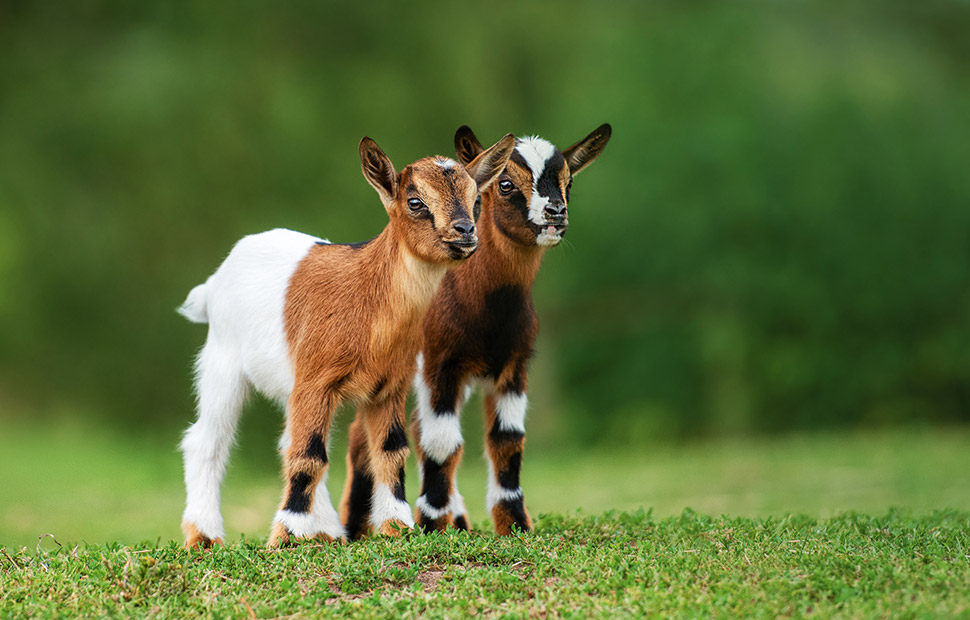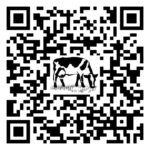Handle with care: Your responsibilities as an animal owner SPONSORED

Words by Shari Mannan, Ministry for Primary Industries.
Sometimes your animals may need to undergo husbandry procedures for management purposes, to benefit their welfare, or for human safety. Animal husbandry procedures are painful, so they must be carried out by the right people with the right skills and care, to ensure animal wellbeing.
These procedures include:
Castration
While pain relief is recommended at any age, it is a legal requirement when castrating cattle, sheep and goats over six months old, or if using a high-tension band at any age. Rubber rings are the preferred method. Pain relief must be authorised by a veterinarian.
Disbudding
To protect animals and people, calves, lambs and goat kids are often disbudded to prevent horn development. This must be done using pain relief authorised by a veterinarian at any age. Recommended best practice is to disbud young animals, rather than dehorn older ones.
Sheep tail-docking
Sheep tail-docking – or “tailing” – can be done if there’s a significant risk of dags and/or flystrike. For sheep under six months old:
• You must use a hot iron or rubber ring.
• Place the rubber ring on the tail in line with just below the vulva, or equivalent length in rams.
• Don’t dock any shorter than the “distal end of the caudal fold” – this is the point where the two folds of skin attach on the underside of the tail.
Sheep over six months old must be tail docked by a veterinarian, using pain relief.
Sheep bearings
Heavily pregnant sheep, particularly ones carrying multiple lambs, can be more susceptible to bearings (vaginal prolapse). Ways to prevent this include making sure pregnant ewes get good quality feed and regular gentle exercise. The right equipment needs to be used to replace and retain a bearing, such as a specially designed harness or retainer. Ear tags or safety pins are not suitable. The retainer needs to be removed before lambing.
If you’re not sure what to do, or if the bearing doesn’t look clean and simple to deal with, consult a veterinarian. It’s recommended you don’t breed again from a ewe that’s had a bearing.
Pig nose-ringing
Some councils require pigs to have nose rings or clips, to prevent environmental (soil) damage from rooting. This is the only reason a pig can be nose ringed or clipped. If you need to do it, make sure:
•It’s done by a competent person, using the right equipment – wire must not be used; and
• The ring or clip is placed through the cartilage at the top of the snout or in the tissue separating the nostrils.
Talk to your veterinarian about how best to carry this out and the pain relief options.
Your legal responsibilities
Your animals are your responsibility, and you need to plan for them accordingly. Under the Animal Welfare Act 1999, you must provide your animals with:
• Proper and sufficient food and water;
• Adequate shelter;
• The opportunity to display normal patterns of behaviour;
• Appropriate physical handling;
• Protection from and rapid diagnosis of injury and disease.
Need more info on animal welfare? Scan the QR code below for more info, or email animalwelfare@mpi.govt.nz

Love this story? Subscribe now!
 This article first appeared in NZ Lifestyle Block Magazine.
This article first appeared in NZ Lifestyle Block Magazine.
